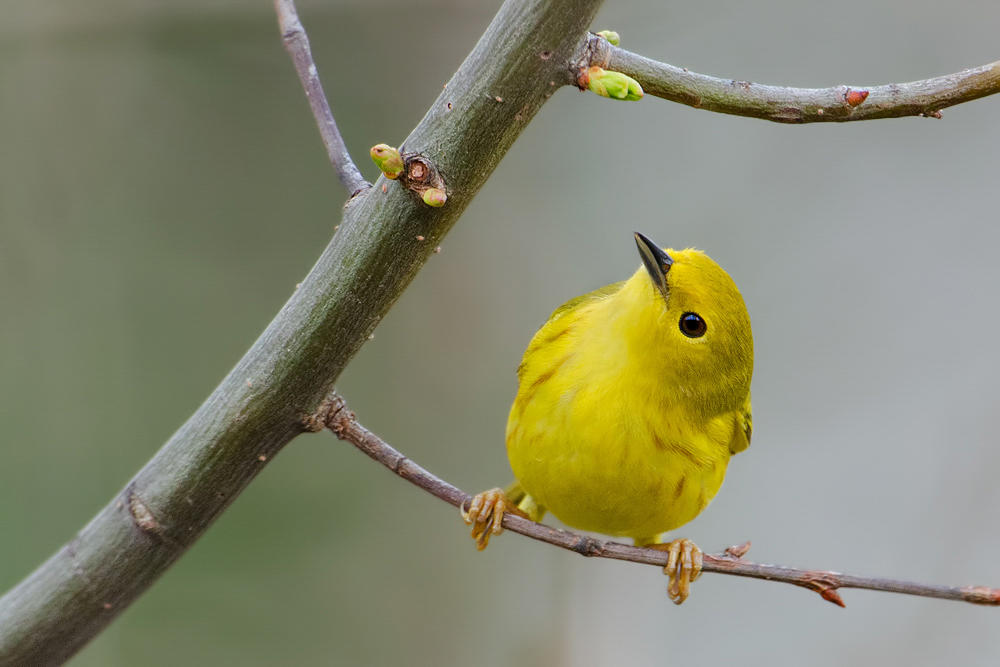Where birds thrive, people prosper. From urban centers to rural towns, each community can provide important habitat for native birds. In turn, birds offer us a richer, more beautiful, and healthful place to live.
The Threat
Over the past century, urbanization has taken contiguous, ecologically productive land and fragmented and transformed it with sterile lawns and exotic ornamental plants. We’ve introduced walls of glass, toxic pesticides, and domestic predators. The human-dominated landscape no longer supports functioning ecosystems or provides healthy places for birds.
The Solution
Each community has a unique ecological and cultural story to tell. Creating Bird-Friendly Communities is Audubon’s commitment to the sustainability of our urban, suburban, and rural places. We can restore and reconnect these places. We can reestablish the ecological functions of our cities and towns. We can provide essential, safe habitat for birds. With simple acts of hope, everyone can help make their community bird-friendly.
Native Plants for Birds
By simply choosing native plants when we landscape our yards, neighborhood parks, and public spaces, we can help restore vital habitat for birds in our communities.
Lights Out: Creating Safe Passage
Cities across the flyways are turning off their lights at night, reducing the disorienting effect of light pollution, thereby saving tens of thousands of birds each year, including Black-throated Blue Warblers, American Woodcocks, and Varied Thrushes.
Avian Architecture: Providing Good Homes for Birds
From Prothonotary Warblers and Chimney Swifts to Osprey and Burrowing Owls, many species of birds can be given a better chance to survive and thrive through a little assistance from structures we build—birdhouses, roosting towers, nest platforms, and artificial burrows. For some species, these structures tip the scales back in their favor, reducing declines in populations and restoring species to places they once inhabited.


